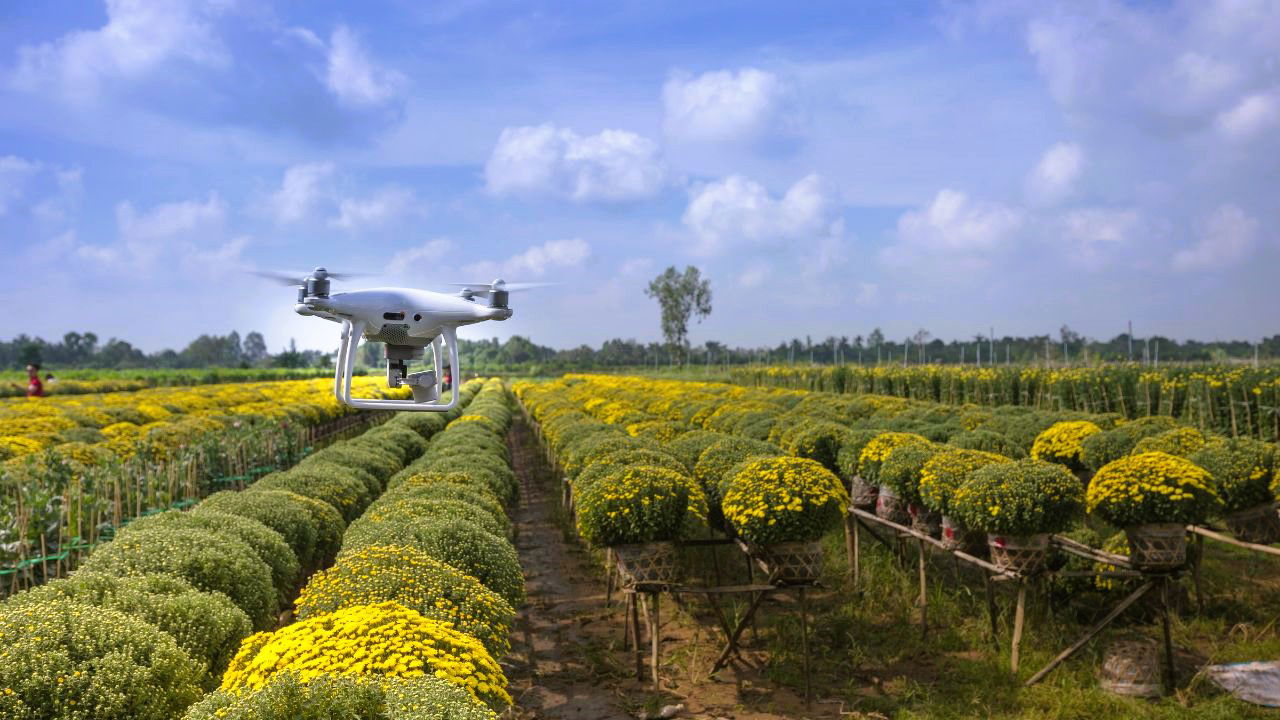
The Union Cabinet chaired by Prime Minister Narendra Modi approved the Digital Agriculture Mission at an outlay of Rs.2,817 crore, including the central share of Rs. 1,940 crore. The Mission is conceived as an umbrella scheme to support digital agriculture initiatives, such as creating Digital Public Infrastructure, implementing the Digital General Crop Estimation Survey (DGCES), and taking up other IT initiatives by the Central Government, State Governments, and Academic and Research Institutions.
In recent years, India's digital revolution has transformed governance and service delivery by creating digital identities, and secured payments and transactions. This has spurred a thriving digital ecosystem in finance, healthcare, education, and retail, positioning India as a leader in citizen-centric digital solutions, says an official release.
For a similar transformation of the Agriculture Sector, the government announced the building of Digital Public Infrastructure for agriculture in the Union Budget 2023-24. Further, in the Budget 2024-25, the augmentation of the Digital Public Infrastructure (DPI) initiative for the agricultural sector has also been announced.
The Digital Public Infrastructure (DPI) for Agriculture aims to provide comprehensive and useful data on farmers comprising of authenticated demographic details, land holdings and crops sown. It will include cultivators and tenant farmers, as per the policy of the State Government. It will also connect to relevant Digital Public Infrastructure of the State Governments and Ministries of the Government of India to use data of farmers on livestock, fisheries, soil health, other vocations, family details and schemes and benefits availed, leading to innovative farmer-centric digital services in the agriculture sector.
Aligned with the vision of Viksit Bharat@2047, the DPI for Agriculture forms the core of the Digital Agriculture Mission. The three DPIs to be built under the Mission are Agristack, Krishi Decision Support System, and Soil Profile Mapping. Besides enabling farmer-centric digital services, these DPIs will make timely and reliable information available for the agriculture sector.
AgriStack is a farmer-centric DPI that will enable efficient, easier, and faster services and scheme delivery to farmers. It is being built in a federated structure as a collaborative project between the various agencies of the Central and State Governments. It consists of three foundational registries or databases in the agriculture sector, i.e., the Farmers’ Registry, Geo-referenced village maps and the Crop Sown Registry, all created and maintained by the State Governments/ Union Territories.
Under AgriStack, farmers will be given a digital identity (Farmer ID) similar to Aadhaar, which will be a trusted ‘Kisan ki Pehchaan’. This ‘Farmer ID’ will be linked dynamically to the State’s land records, livestock ownership, crops sown, demographic details, family details, schemes and benefits availed etc. Crops sown by farmers will be recorded through mobile-based ground surveys i.e. Digital Crop Survey to be conducted in each season.
A Memorandum of Understanding (MoU) is being signed between the Centre and State Governments to create and implement the DPI for Agriculture. So far, 19 States have signed MoUs with the Ministry of Agriculture, Government of India. The basic IT infrastructure for implementing AgriStack has been developed and already tested on a pilot basis, as follows:
For the creation of Farmer IDs, pilots have been conducted in one district each across six states: Uttar Pradesh (Farrukhabad), Gujarat (Gandhinagar), Maharashtra (Beed), Haryana (Yamuna Nagar), Punjab (Fatehgarh Sahib), and Tamil Nadu (Virudhnagar). It is targeted to create digital identities for 11 crore farmers: Six crore farmers in FY 2024-25, three crore farmers in FY 2025-26, and two crore farmers in FY 2026-27.
For the development of the Crop Sown Registry, a pilot on the Digital Crop Survey was conducted in 11 States in 2023-24. Further, it is targeted to launch the Digital Crop Survey across the nation within two years, with 400 districts covered in FY 2024-25 and all the districts covered in FY 2025-26. The Krishi Decision Support System will create a comprehensive geospatial system to unify remote sensing-based information on Crops, Soil, Weather, water resources, etc.
Under the Mission, detailed Soil Profile Mapson a 1:10,000 scale of about 142 million ha of the country's agricultural land are envisaged to be completed. A detailed soil profile inventory of about 29 million ha has already been completed. The Digital General Crop Estimation Survey (DGCES) will provide yield estimates based on scientifically designed crop-cutting experiments. This initiative will prove very useful in making accurate estimates of agricultural production.
The Mission will have a catalytic effect in creating both direct and indirect employment in the agriculture sector. Further, the digital crop surveys, collection of ground-truthed data for remote sensing, etc., under the Mission, are expected to provide employment opportunities to about 2.5 lakh trained local youth and Krishi Sakhis.
Various components of the Mission will be implemented at the grassroots level, and the ultimate beneficiaries are farmers. By leveraging trustful data on farmers, farmlands and crops and using modern digital technologies, such as data analytics, artificial intelligence, and remote sensing, the Mission aims to make service delivery mechanisms more efficient and transparent for the farmers and the stakeholders in the agriculture sector.










